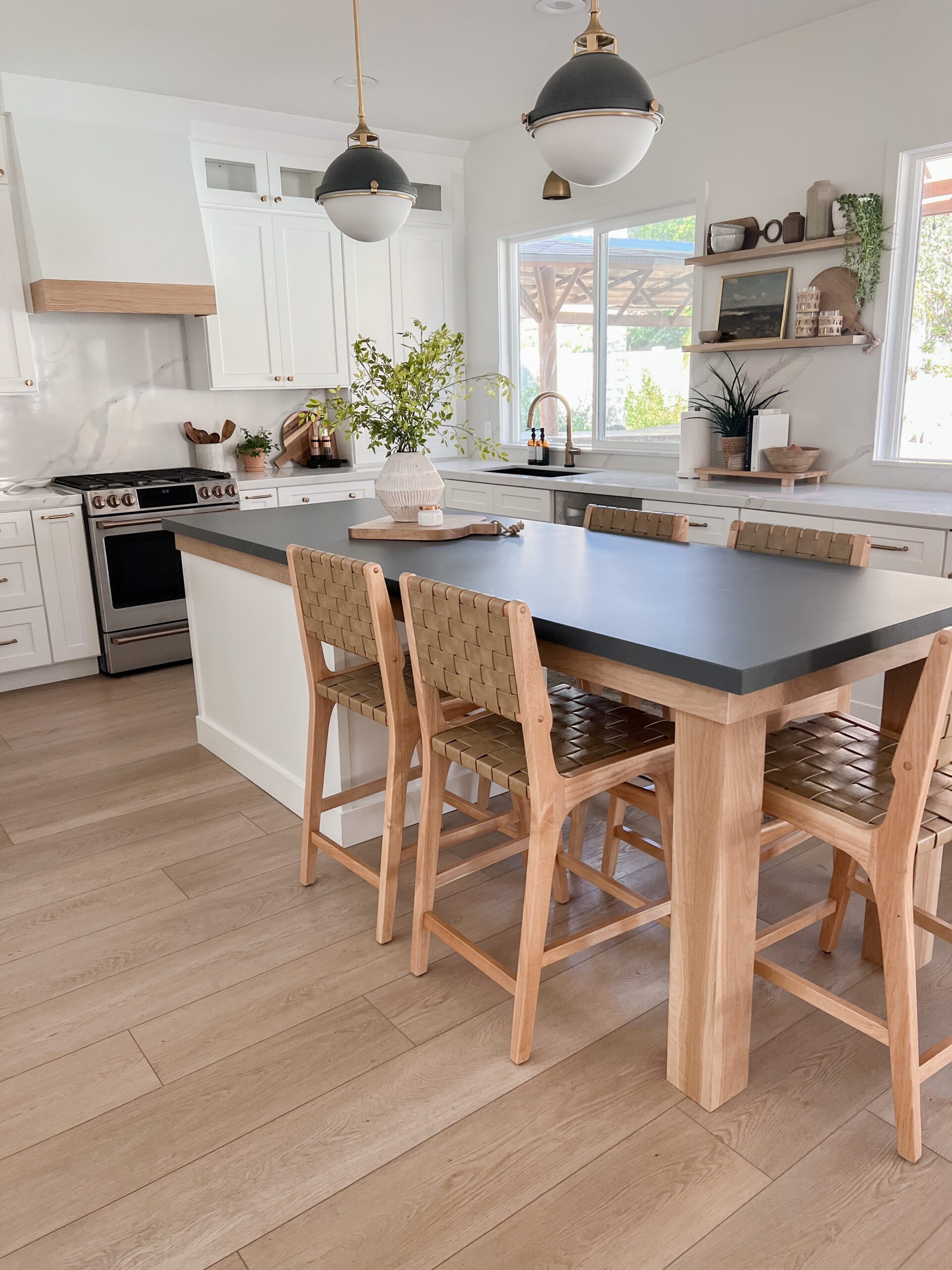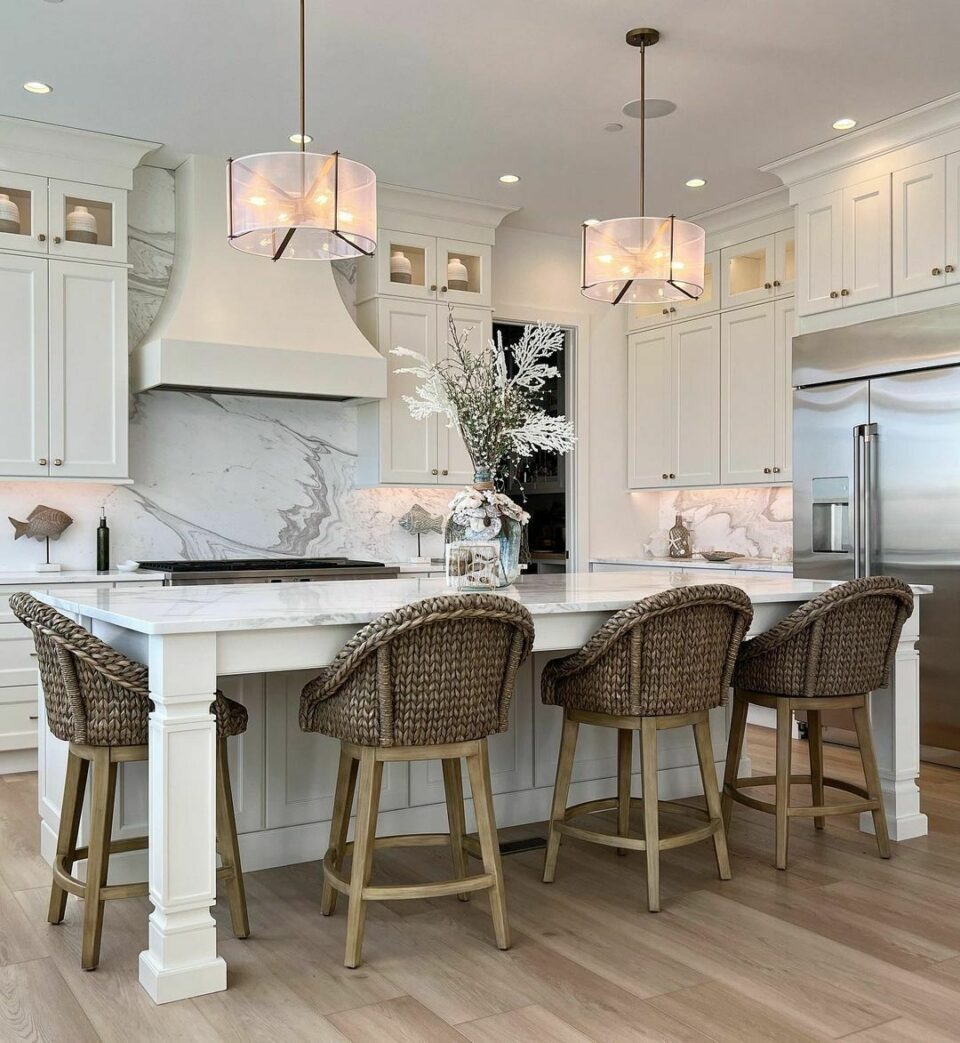An Overview to Choosing the Perfect Legs For Kitchen Island for Your Home
Choosing the optimal legs for your cooking area island is a nuanced choice that influences both the functionality and aesthetic charm of this central area. Aspects such as height, materials, and style play an important function in harmonizing your island with the overall kitchen area design. Additionally, understanding the importance of security and maintenance can considerably influence your option. As you consider these elements, it comes to be apparent that the appropriate legs can transform not just the appearance of your kitchen area but additionally its use for several years to find. What particular features should you prioritize in this choice process?

Recognizing Cooking Area Island Legs
When choosing legs for a kitchen island, it's vital to comprehend their functional and visual functions in the general style. The legs work as a vital support system, making certain security and longevity for the island, which usually works as a workspace, eating location, or gathering area. The selection of material and building and construction technique have to be robust enough to withstand daily use and possible wear.
Along with their architectural responsibilities, legs contribute significantly to the island's aesthetic appeal. They can improve the kitchen's design, whether via conventional, modern, or eclectic styles. The elevation and percentage of the legs are additionally vital factors to consider; they should integrate with the island's counter top height while making sure comfortable seating for those making use of the area.
In addition, the leg design can affect the overall flow of the kitchen area. Open, airy leg designs can develop a sense of lightness, while solid, significant legs might share a more based and stable aesthetic - Legs For Kitchen Island. Understanding these useful and aesthetic aspects will direct home owners in making informed choices that complement their kitchen's design and enhance its functionality
Popular Styles and Materials
The selection of legs for a cooking area island encompasses a selection of preferred designs and products, each offering unique qualities that can enhance both performance and looks. Standard legs usually exhibit elaborate information and craftsmanship, boosting classic kitchen area layouts.

Elevation and Stability Considerations

The legs of the cooking area island must offer adequate support, guaranteeing that the structure can withstand day-to-day usage without tottering or moving. Material choice plays a substantial function in stability; steel legs, for instance, often tend to offer better toughness compared to wood.
Matching Your Cooking Area Aesthetic
Selecting the ideal legs for your kitchen area island exceeds functionality; it likewise plays a considerable role in the general visual of the room. When choosing legs, think about the layout style of your kitchen. For a contemporary look, streamlined metal or minimalist designs can create a tidy, modern-day ambiance. On the various other hand, conventional or rustic kitchens frequently benefit from wood legs with intricate detailing or a troubled coating, boosting warmth and personality.
Legs that enhance or comparison with your island's surface area and surrounding cabinetry can create aesthetic consistency or striking focal points. Additionally, take into consideration the coating of the legs; matte, glossy, or textured coatings can substantially affect the total feeling of the kitchen area.
Installation and Upkeep Tips
Mounting kitchen island legs calls for cautious attention to information to make sure both security and aesthetic allure. Use a stud finder to find wall surface studs if you are attaching the legs to a wall surface or making use of brackets for included support.
When protecting the legs, make use of top quality screws and, if necessary, wood adhesive for added stamina. For metal legs, make sure that you are making use of appropriate anchors and tools to stop damages to your flooring. It is recommended to examine for levelness after installation, making modifications as required to avoid wobbling.
Tidy the legs with a suitable cleaner, avoiding see this website unpleasant products that might scratch the surface. By following these setup and maintenance ideas, you can make sure that your kitchen island legs stay both aesthetically enticing and functional.
Verdict
In conclusion, picking the proper legs for a cooking area island demands mindful factor to consider of height, stability, and aesthetic compatibility. By choosing ideal products and styles that align with the general kitchen layout, capability can be improved while preserving aesthetic charm. Proper installment and continuous upkeep even more add to the durability and long life of the cooking area island. Inevitably, thoughtful leg choice plays an important role in boosting both a fantastic read the functionality and style of the kitchen room.
When selecting legs for a cooking area island, it's crucial to recognize their practical and visual functions in the overall layout. Open, airy leg styles can develop a sense of agility, while solid, significant legs may communicate an extra grounded and secure aesthetic. The legs of the kitchen area island need to offer adequate support, ensuring that the structure can stand up to daily usage without moving or tottering.Installing kitchen area island legs calls for careful attention to detail to ensure both stability and aesthetic charm.In verdict, selecting the appropriate legs for a kitchen island necessitates cautious factor to consider of elevation, security, and visual compatibility.